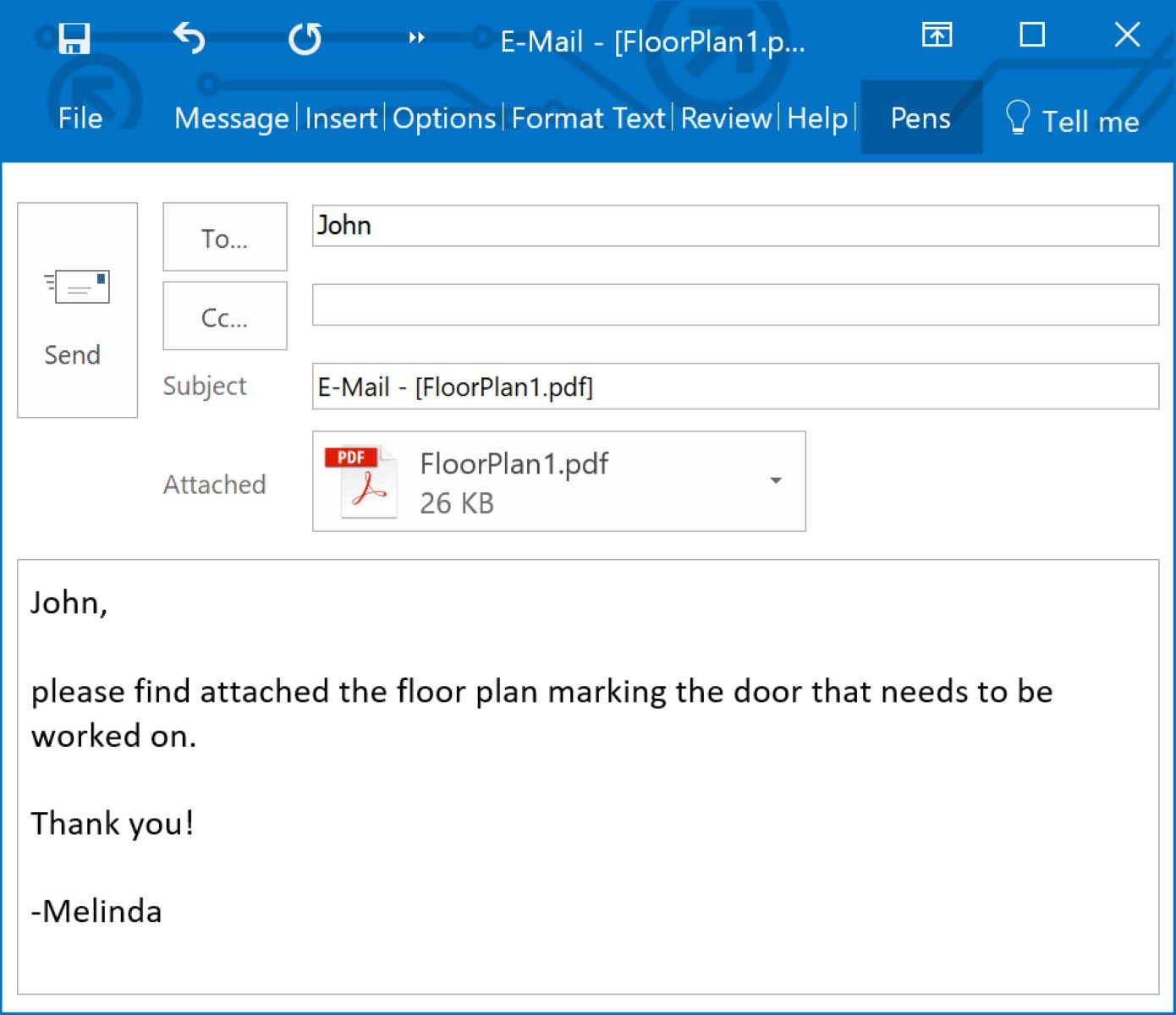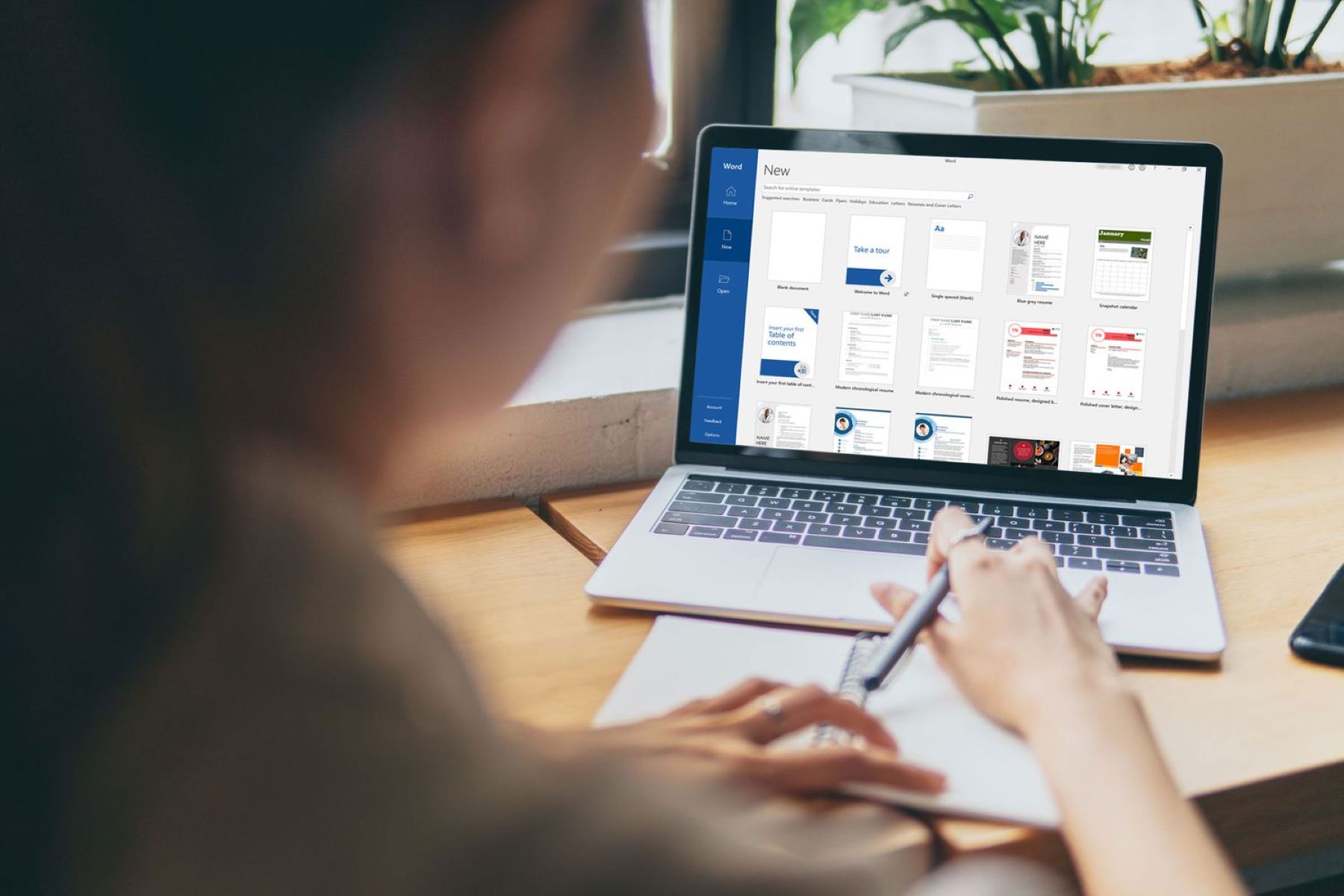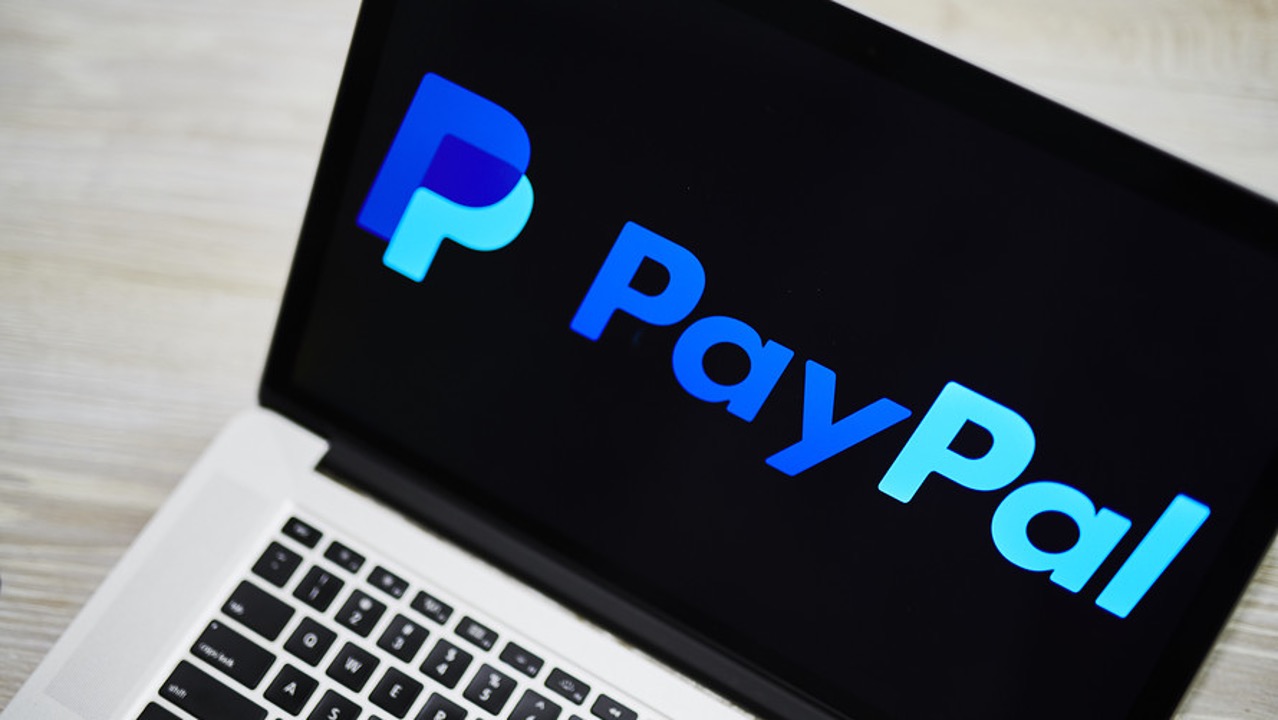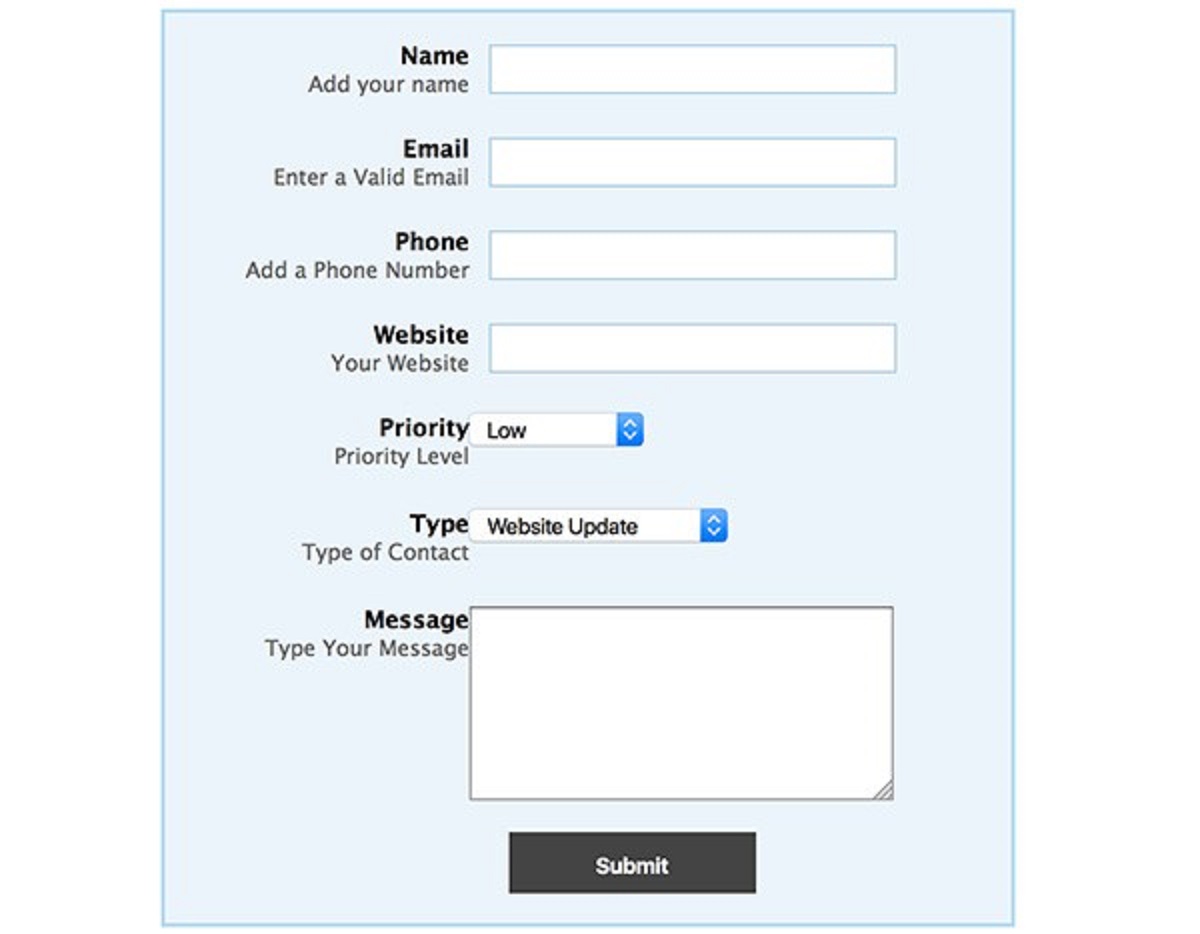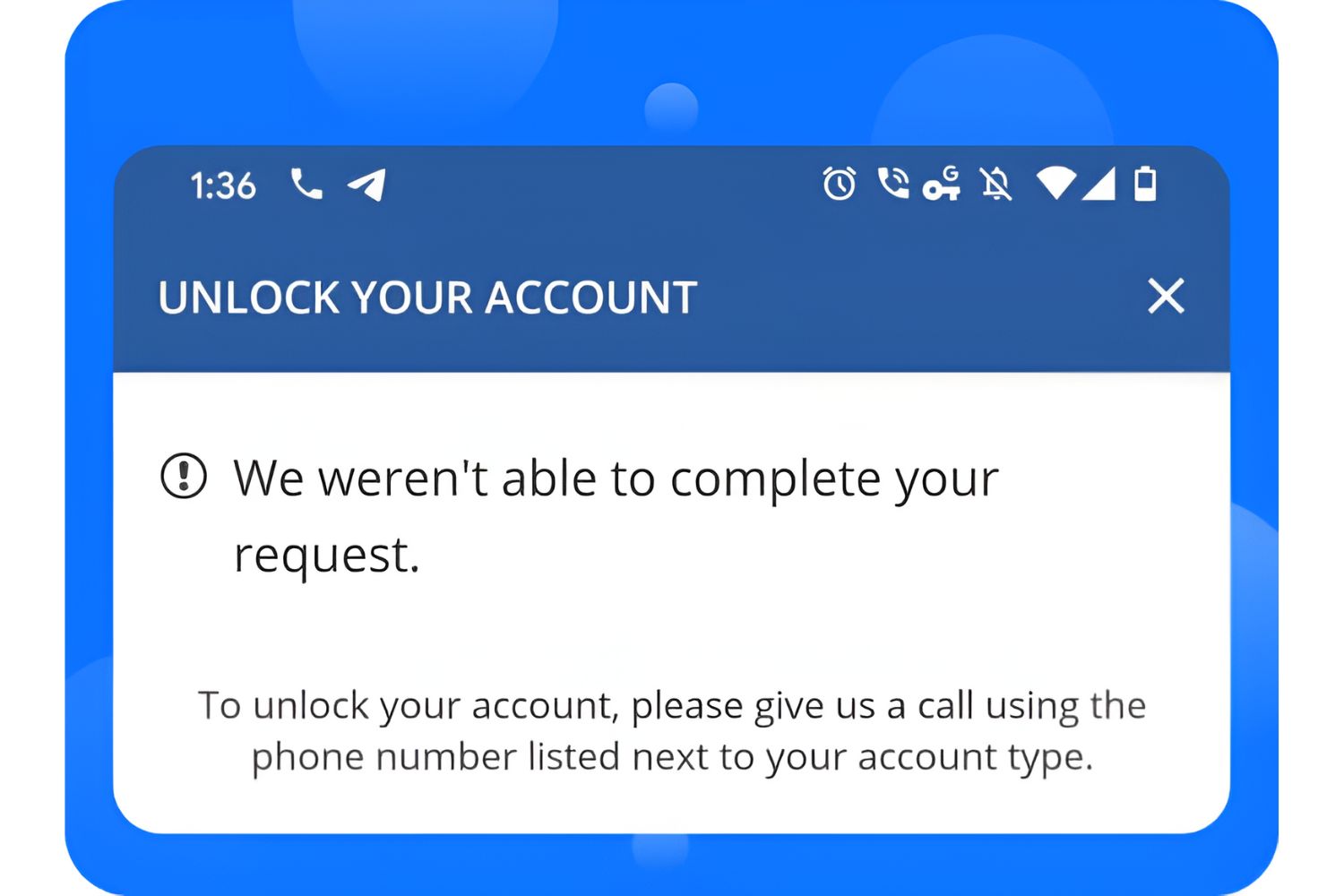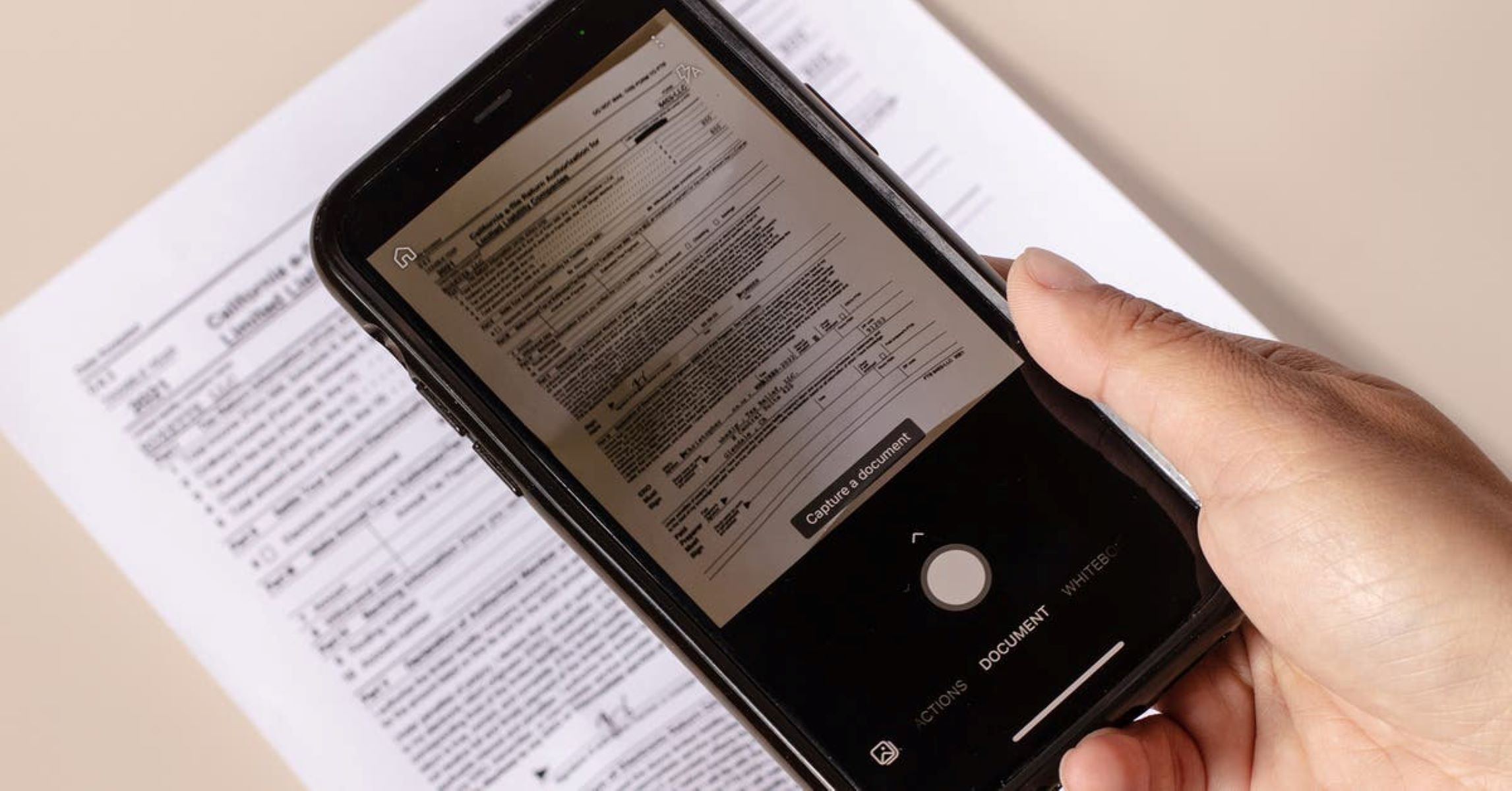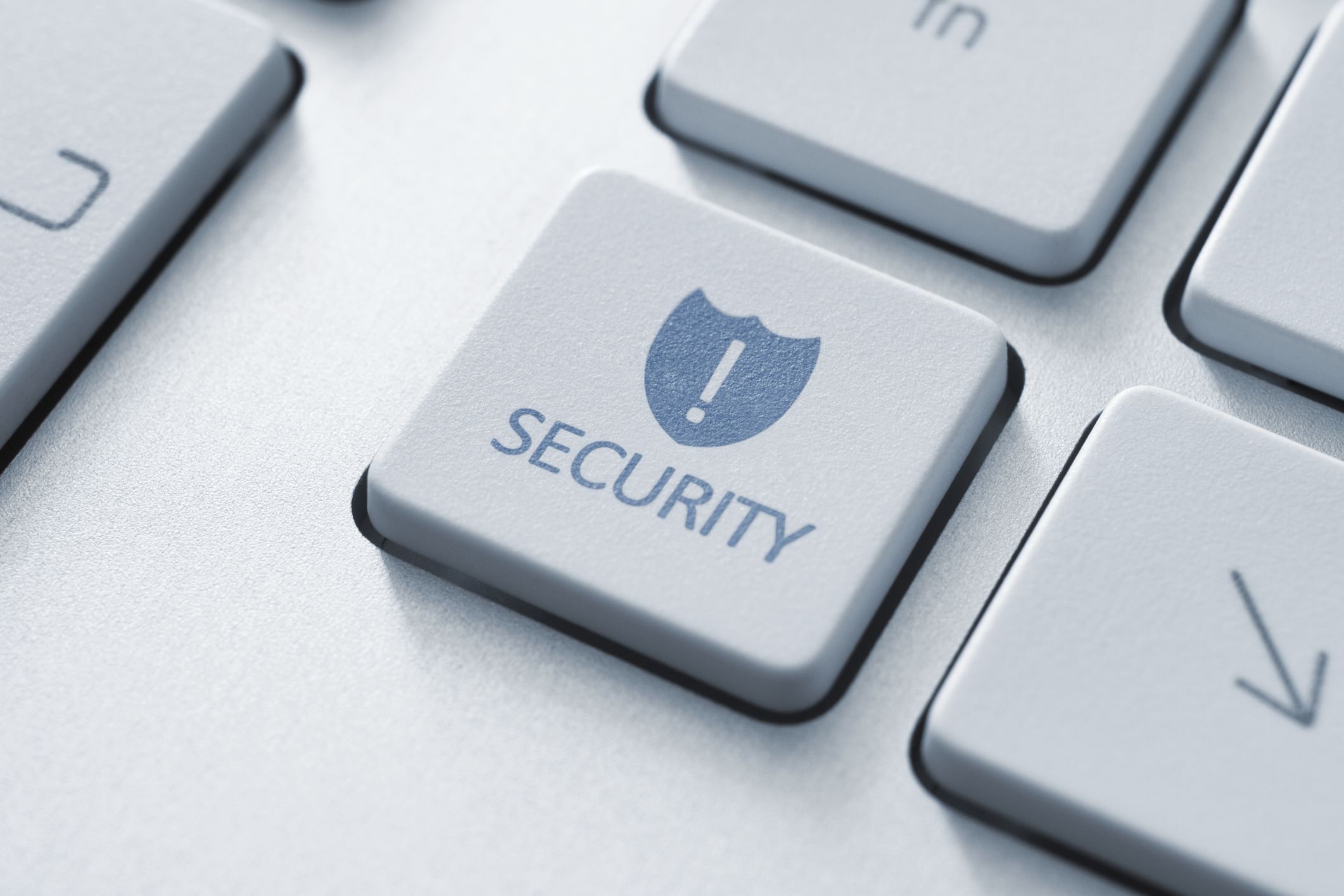Introduction
Welcome to this guide on how to send documents securely via email. In today’s digital era, email has become an essential communication tool. It allows us to quickly and conveniently send and receive messages and attachments. However, when it comes to sensitive documents, ensuring their security during transmission is crucial.
Unfortunately, email is not inherently secure, and the information you send can be vulnerable to interception or unauthorized access. This is why it is important to take the necessary precautions to protect your confidential files and ensure they reach the intended recipient safely.
In this article, we will explore the best practices for sending documents securely via email. We will discuss the importance of password protection and two-factor authentication, the benefits of encrypting email attachments, and the use of secure file transfer services. Additionally, we will touch on the importance of being mindful of phishing emails, as they can pose significant threats to the security of your confidential information.
By following these guidelines, you can significantly reduce the risk of your sensitive documents falling into the wrong hands. So, let’s delve into the world of secure email communication and discover how you can keep your information safe and confidential!
Why Sending Documents Securely via Email is Important
When it comes to sharing sensitive or confidential documents, sending them securely via email should be a top priority. Here are a few reasons why ensuring the security of your email communication is crucial:
- Protection of sensitive information: Sensitive documents, such as financial statements, legal contracts, or personal identification information, contain confidential data that should remain private. By sending these files securely, you minimize the risk of unauthorized access and protect the sensitive information contained within.
- Prevention of data breaches: Data breaches can have severe consequences, both financially and reputationally. Sending documents via unsecured email can leave them vulnerable to interception by cybercriminals who can misuse or exploit the information. By implementing secure email practices, you reduce the risk of data breaches and safeguard your valuable data.
- Compliance with regulations: Depending on your industry or geographic location, you may be subject to specific regulations regarding the protection and handling of sensitive information. By sending documents securely, you ensure compliance with these regulations and avoid potential legal complications.
- Maintaining client trust: If you regularly handle confidential information on behalf of clients, sending documents securely demonstrates your commitment to their privacy and establishes trust. Clients are more likely to entrust you with their sensitive data when they know you prioritize its security.
- Prevention of intellectual property theft: Intellectual property, such as trade secrets, patents, or proprietary information, is valuable and should be protected. Sending such documents securely helps prevent unauthorized access or theft, ensuring that your intellectual property remains safe.
- Peace of mind: Sending documents with enhanced security measures provides peace of mind, knowing that your sensitive information is safeguarded from potential threats. It allows you to focus on your work without worrying about the confidentiality of your communication.
Considering these reasons, it is clear that sending documents securely via email is not just a recommended practice; it is a necessity. By taking the necessary precautions, you can protect your sensitive information, maintain compliance with regulations, and build trust with your clients. In the following sections, we will explore the best practices for securing your email communication and ensuring the safe transmission of your documents.
Best Practices for Sending Documents Securely via Email
When it comes to sending documents securely via email, there are several best practices you should follow to ensure the confidentiality and integrity of your files. By implementing these practices, you can significantly reduce the risk of unauthorized access or interception of your sensitive information. Let’s explore these best practices below:
- Use strong passwords and enable two-factor authentication: Strong passwords are essential for safeguarding your email account. Opt for passwords that include a combination of uppercase and lowercase letters, numbers, and special characters. Additionally, enabling two-factor authentication adds an extra layer of security by requiring a verification code in addition to your password.
- Encrypt your email attachments: Email encryption ensures that your documents are protected while in transit. Use encryption tools or services to secure your email attachments, making it difficult for unauthorized individuals to access or decipher the content.
- Password-protect your documents: Consider password protecting your documents before attaching them to the email. This adds an extra layer of security and ensures that only those with the correct password can open and access the files.
- Use secure file transfer services: Instead of attaching sensitive documents to the email directly, consider using secure file transfer services. These services provide dedicated platforms for sharing files securely, minimizing the risk of interception during transmission.
- Be mindful of phishing emails: Phishing emails can be a significant threat to the security of your email communication. Be cautious of suspicious emails and avoid clicking on any unfamiliar links or downloading attachments from unknown sources. Always verify the sender’s identity before sharing any sensitive information.
By following these best practices, you can enhance the security of your email communication and protect your sensitive documents from unauthorized access or interception. Remember, it is essential to stay vigilant and regularly update your security measures to stay ahead of potential threats.
Use Strong Passwords and Enable Two-Factor Authentication
One of the fundamental steps in securing your email communication is to use strong passwords and enable two-factor authentication (2FA). These measures add an extra layer of protection to your email account and help prevent unauthorized access. Let’s delve into these practices and understand their importance:
1. Use Strong Passwords:
A strong password is a combination of various characters, including uppercase and lowercase letters, numbers, and special characters. Avoid using easily guessable passwords, such as your name or birthdate, and never reuse passwords across different accounts. It’s recommended to use a password manager to generate and store complex passwords securely.
2. Enable Two-Factor Authentication (2FA):
Enabling 2FA adds an extra layer of security to your email account. It requires a second form of authentication, typically in the form of a verification code, in addition to your password. This code is often sent to your registered mobile device or generated by an authenticator app. Even if an attacker manages to obtain your password, they still require the verification code to access your email account.
Implementing 2FA provides a significant boost to your account security by making it much more challenging for unauthorized individuals to gain access. It acts as a safeguard against password breaches and helps protect your sensitive documents and communication.
Benefits of Using Strong Passwords and 2FA:
- Enhanced Security: Strong passwords and 2FA significantly reduce the risk of unauthorized access to your email account, ensuring the confidentiality of your documents and communication.
- Protection Against Password Breaches: In the event of a password breach in another service that you use, having a unique password for your email account prevents attackers from gaining unauthorized access.
- Peace of Mind: Knowing that you have taken these security measures provides peace of mind, allowing you to confidently send and receive sensitive documents via email.
Remember to regularly update your passwords and review the security settings of your email account. Additionally, consider using a password manager to simplify the process of generating and storing complex passwords securely.
By using strong passwords and enabling two-factor authentication, you significantly strengthen the security of your email account. These simple yet effective practices can go a long way in protecting your sensitive documents and ensuring the integrity of your communication.
Encrypt Your Email Attachments
Encrypting your email attachments is an essential practice to ensure the secure transmission of sensitive documents. Encryption converts your files into a coded format, making it difficult for unauthorized individuals to access or decipher the content. Let’s explore the importance and benefits of encrypting your email attachments:
1. Protecting Sensitive Information:
Sending unencrypted attachments exposes your sensitive information to potential interception by hackers or unauthorized parties. Encryption adds an additional layer of security, ensuring that only intended recipients can access and read the content of the attachments.
2. Secure Transmission:
Encryption ensures that your attachments remain protected during transmission. Even if someone manages to intercept the email, they cannot decipher the encrypted content without the encryption key. This significantly reduces the risk of unauthorized access to your sensitive documents.
3. Compliance with Regulations:
Many industries and regions have specific regulations and compliance requirements regarding the protection and handling of sensitive information. By encrypting your email attachments, you demonstrate compliance with these regulations and mitigate the risk of potential legal issues.
4. Confidence in Document Integrity:
Encrypting your email attachments provides confidence in the integrity of your documents. It ensures that the content remains unchanged during transit, eliminating the possibility of tampering or unauthorized modifications.
Methods to Encrypt Email Attachments:
There are multiple methods to encrypt email attachments:
- Secure File Compression: Use password-protected archive formats, such as ZIP or RAR, to encrypt and compress the files. This adds a layer of security, as the recipient needs the password to extract and access the contents.
- Encryption Software: Utilize encryption software to encrypt the attachments before sending. There are various encryption tools available that offer strong encryption algorithms to ensure the security of your documents.
- Secure File Transfer Services: Consider using secure file transfer services that provide end-to-end encryption. These platforms offer a secure environment to share files without the need to encrypt them manually.
By encrypting your email attachments, you enhance the security and privacy of your sensitive documents. It is crucial to choose a robust encryption method and ensure that the intended recipient has the necessary decryption keys or passwords to access the encrypted files.
Remember, encryption is a powerful tool in safeguarding your confidential information, so make it a regular practice when sending sensitive documents via email.
Password-Protect Your Documents
Adding an extra layer of security to your email attachments is crucial to safeguard your sensitive documents. One effective measure is password protection. By password-protecting your documents, you ensure that only individuals with the correct password can access and open the files. Let’s explore the importance and benefits of password-protecting your documents:
1. Enhanced Document Security:
Password protection acts as a barrier, preventing unauthorized access to your documents. It adds an additional level of security by requiring a password to open and view the file. This helps protect sensitive information from falling into the wrong hands.
2. Control Over Document Access:
Password-protecting your documents gives you greater control over who can access the information. You have the ability to share the password only with the intended recipients, ensuring that only authorized individuals can view the contents of the document.
3. Privacy and Confidentiality:
With password protection, you can maintain the privacy and confidentiality of your documents. This is especially important when sharing sensitive information such as financial records, legal documents, or personal data. Password protection ensures that only those who possess the password can read the contents of the document.
4. Flexibility and Compatibility:
Password protection is compatible with various document formats, including PDF, Word documents, Excel spreadsheets, and more. This flexibility allows you to securely share different types of files while maintaining the added security of a password.
Methods to Password-Protect Documents:
There are multiple ways to password-protect your documents:
- Document Creation Software: Many document creation tools, such as Microsoft Office suite or Adobe Acrobat, provide an option to set a password for document protection. Explore the security settings of the software you use to enable password protection for your files.
- Third-Party Encryption Tools: Utilize third-party encryption tools that offer password protection features. These tools allow you to encrypt and password-protect your documents, ensuring secure access only to authorized individuals.
When setting a password for your documents, make sure to create a strong, unique password that is not easily guessed by others. Combine uppercase and lowercase letters, numbers, and special characters to create a complex and secure password.
By password-protecting your documents, you add an extra layer of security and control, ensuring the privacy and confidentiality of your sensitive information. This practice is highly recommended when sending important documents via email.
Use Secure File Transfer Services
When it comes to securely sending documents via email, utilizing secure file transfer services is an effective approach. These services offer dedicated platforms that prioritize security and encryption, ensuring the safe transmission of sensitive files. Let’s explore the importance and benefits of using secure file transfer services:
1. Enhanced Security:
Secure file transfer services prioritize the security of your documents by implementing robust encryption protocols. They provide secure channels for transmitting your files, significantly reducing the risk of interception or unauthorized access.
2. Large File Support:
Email attachments often have size limitations, making it challenging to send large documents. Secure file transfer services overcome this hurdle by allowing you to send files of larger sizes easily. This is particularly beneficial when dealing with high-resolution images, videos, or large datasets.
3. Ease of Use:
Using secure file transfer services is typically user-friendly and does not require technical expertise. These services provide intuitive interfaces that make it simple to upload, send, and track your files. Recipients can also easily download the files from secure links.
4. Centralized Management:
Secure file transfer services offer centralized management features, allowing you to track and monitor the transfer of your files. You can receive notifications when files are downloaded, set expiration dates for files, and maintain control over who has access to your documents.
5. Compliance with Regulations:
Certain industries and regions have specific regulations regarding the protection and storage of sensitive information. By using secure file transfer services, you can ensure compliance with these regulations, as these services often adhere to industry-standard security practices.
Choosing the Right Secure File Transfer Service:
When selecting a secure file transfer service, consider the following factors:
- Security Features: Ensure that the service offers strong encryption protocols and complies with industry security standards.
- User-Friendliness: Look for a service with an intuitive interface that simplifies the file transfer process for both you and the recipients.
- File Size Limitations: Check if the service supports the size of files you typically send.
- Tracking and Control: Evaluate the management features available, such as file tracking and access control, to maintain control over your documents.
- Customer Support: Consider the quality and availability of customer support offered by the service provider.
By utilizing secure file transfer services, you can ensure the safe transmission of your sensitive documents, overcome file size limitations, and maintain control over your files. These services provide an added layer of security, making them an excellent option when it comes to sharing important or confidential information.
Be Mindful of Phishing Emails
When it comes to sending documents securely via email, it is crucial to be vigilant and cautious of phishing emails. Phishing emails are fraudulent messages designed to deceive recipients into revealing sensitive information or downloading malicious attachments. By being mindful of these emails, you can protect yourself and your sensitive documents from falling into the wrong hands. Let’s explore the importance of being cautious and some best practices to follow:
1. Understanding Phishing Emails:
Phishing emails often mimic legitimate emails from reputable organizations, making them difficult to identify. They typically contain urgent or enticing language, urging recipients to take immediate action or provide sensitive information.
2. Recognizing Red Flags:
Look out for common signs of phishing emails, such as misspellings, grammatical errors, generic greetings, or suspicious email addresses. Be wary of unexpected attachments or links that ask for personal information.
3. Verify the Sender:
Before opening any attachments or clicking on links, verify the authenticity of the sender. Hover over the email address or contact the sender through a separate means of communication to confirm the legitimacy of the email.
4. Avoid Clicking on Suspicious Links:
If you receive an email with a link, exercise caution before clicking on it. Hover over the link to examine the URL. If it appears suspicious or directs you to unfamiliar websites, refrain from clicking on it.
5. Be Cautious of Requested Information:
Legitimate organizations rarely request sensitive information via email. Be cautious if an email asks you to provide passwords, credit card information, or social security numbers. Trustworthy entities will generally not ask for such information via email.
6. Report and Delete Suspicious Emails:
If you receive a phishing email, report it to your email provider or IT department. Never provide the requested information or click on any attachments or links within the email. Delete the email to ensure you do not accidentally interact with it in the future.
By being mindful of phishing emails and following best practices, you can significantly reduce the risk of falling victim to these scams. Protecting yourself from phishing attempts helps protect your sensitive documents and ensures secure email communication.
Remember, staying cautious and verifying the authenticity of emails before taking any action is crucial in maintaining the security of your confidential information.
Conclusion
Sending documents securely via email is of utmost importance in order to protect sensitive information and maintain the integrity of communication. By following the best practices outlined in this guide, you can significantly enhance the security of your email attachments and reduce the risk of unauthorized access or interception. From using strong passwords and enabling two-factor authentication to encrypting email attachments, password-protecting documents, and utilizing secure file transfer services, each step plays a vital role in mitigating potential risks.
Additionally, being mindful of phishing emails is crucial in maintaining the security of your email communication. By staying vigilant and recognizing the warning signs, you can protect yourself from falling victim to fraudulent activities and ensure the confidentiality of your sensitive documents.
Remember, as technology advances, so do the tactics employed by cybercriminals. It is important to stay informed about the latest security practices and adapt to new challenges. Regularly reviewing and updating your security measures is essential in staying one step ahead of potential threats.
By implementing these measures, you can send documents via email with confidence, knowing that you have taken the necessary precautions to protect your sensitive information. Secure email communication not only safeguards your files but also builds trust with your clients and partners by demonstrating your commitment to their privacy and data protection.
Let us prioritize the security of our email communication and ensure that our confidential information remains secure in the digital world. Stay informed, stay alert, and embrace the best practices for sending documents securely via email.









